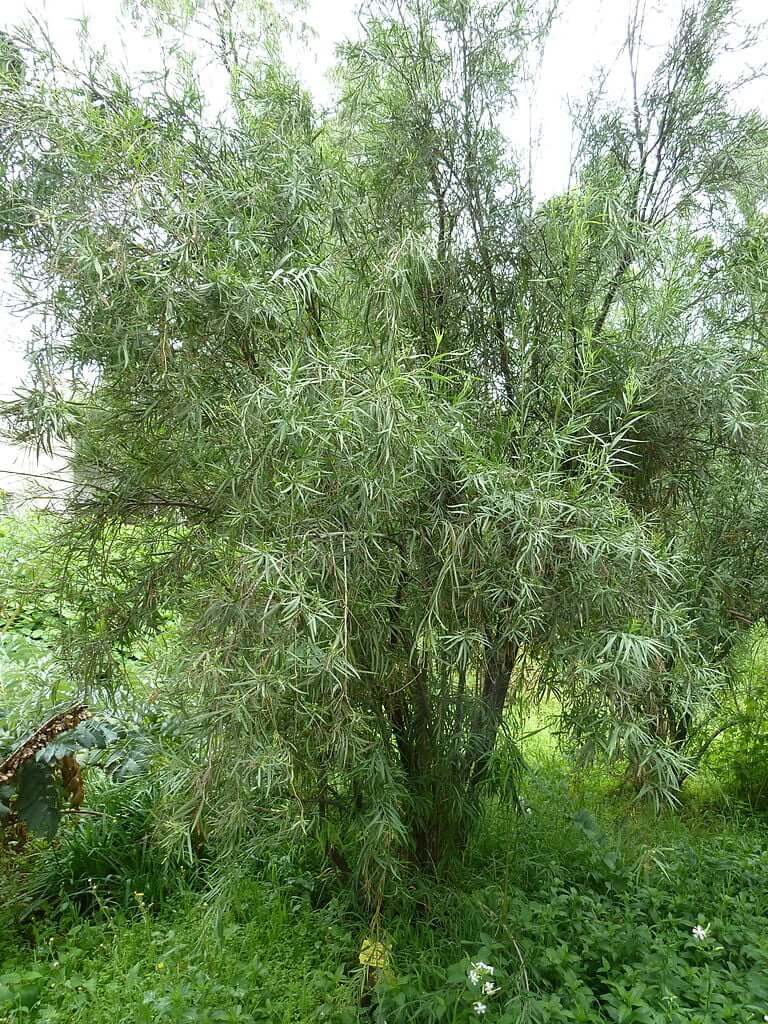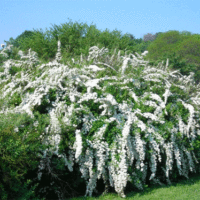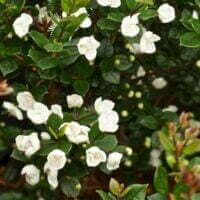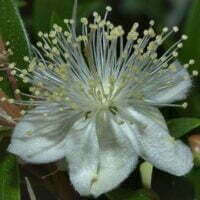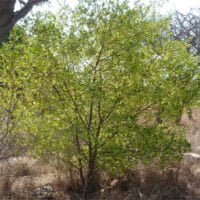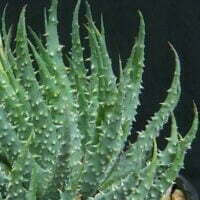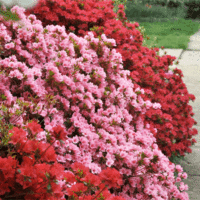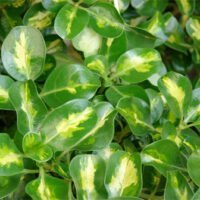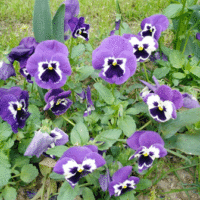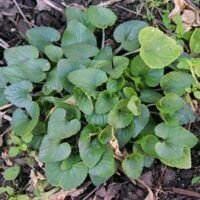| Botanical name | Freylinia lanceolata |
|---|---|
| Plant Care |  Full Sun Full Sun – Prefers 6 or more hours of sun per day. Frost Hardy Frost Hardy – Can Handle frost without damage.  Moderate Watering Moderate Watering – Requires Regular Watering.  Indigenous Indigenous – Originates in South Africa. |
| Size | |
| Categories | |
| Flowers | May June July August September This plant bears yellow, fragrant, bell-shaped flowers borne in winter and early spring. |
| Common name(s) | Honeybells, honeybell bush. |
| Foliage | This plant has long, drooping branches of willow-like foliage. |
| Uses in landscape design | Can be used for informal hedging, screening and townhouse gardens. |
| Fruit | This plant has small brown fruit. |
| Wildlife attractions | butterflies |
Freylinia lanceolata (Honeybells, honeybell bush.)
- Botanical name: Freylinia lanceolata
- Common name(s): Honeybells, honeybell bush.
- Categories: Shrubs and Perennials
Plant description:
Freylinia lanceolata bears yellow, fragrant, bell-shaped flowers borne in winter and early spring. Long, drooping branches of willow-like foliage. This plant thrives in moist conditions. For best results plant in full sun and water and feed with 3:1:5 slow release or organic fertiliser.
Family: Scrophulariaceae
Botanical Pronunciation: frey-LIN-ee-uh lan-see-oh-LAY-tuh
Freylinia lanceolata requirements and features
info on these icons
Moderate Maintenance
Requires moderate maintenance.
Prohibited Use Notice: No Data Scraping Allowed Except for Search Engine Indexing:
The content provided on PlantInfo.co.za is intended for personal, non-commercial use only. Unauthorized extraction, reproduction, or use of the data, including scraping, for any purpose other than search engine indexing is strictly prohibited. Violations of these terms may result in legal action. By accessing and using this website, you agree to comply with these conditions and acknowledge the legal restrictions on the use of our content.
May June July August September
This plant bears yellow, fragrant, bell-shaped flowers borne in winter and early spring.

This plant has long, drooping branches of willow-like foliage.


